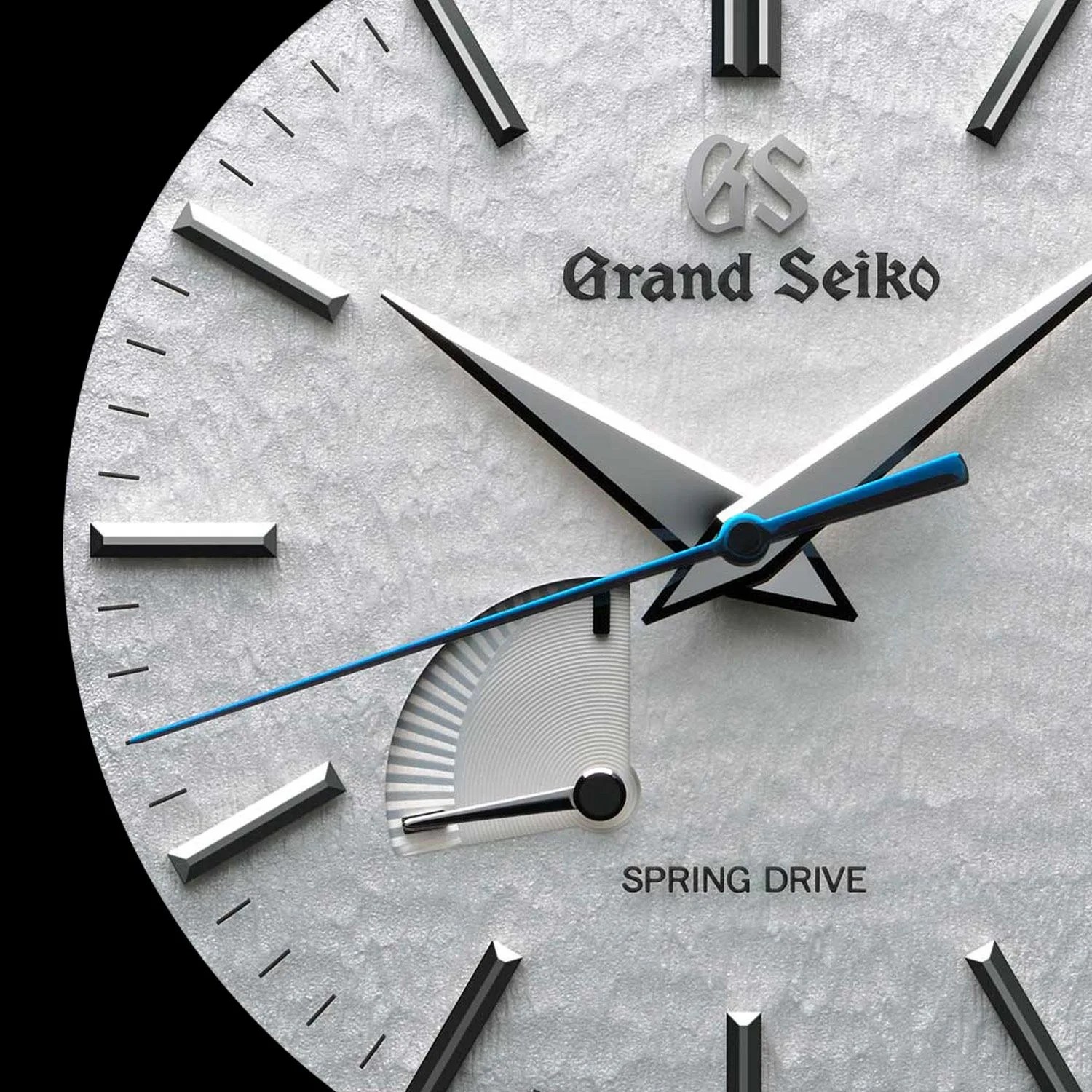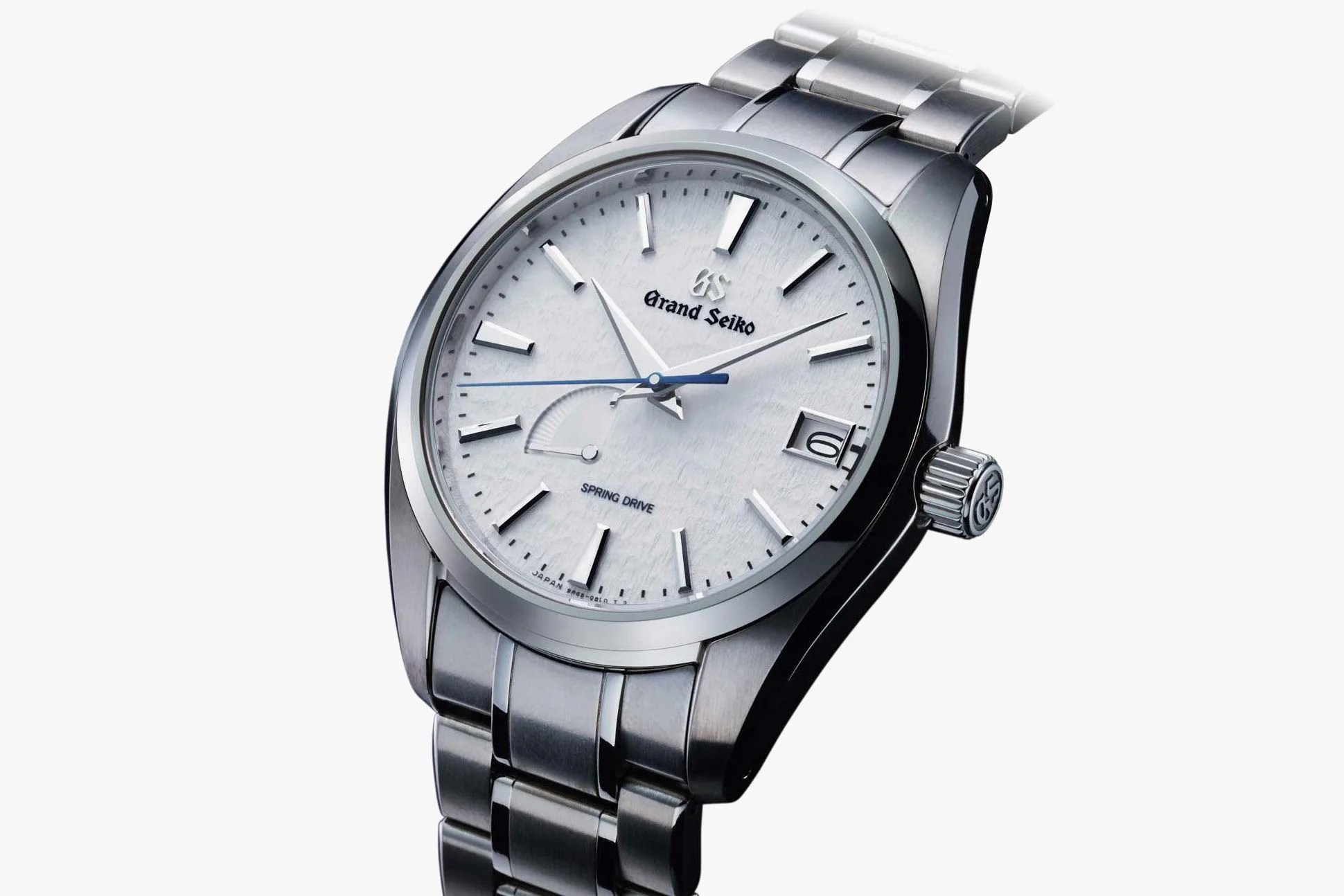Welcome to Watches You Should Know, a biweekly column highlighting important or little-known watches with interesting backstories and unexpected influence. This week: the Grand Seiko Snowflake.
It isn’t flashy or sporty, but that hasn’t stopped the Grand Seiko Snowflake from becoming the most representative model of one of the most celebrated and exciting watchmakers today. Seiko and its luxury offshoot Grand Seiko can seem full of contradictions and idiosyncrasies, but the Snowflake displays a whole suite of the features that have made the Japanese brand a superstar — all rolled into one stunning specimen through which to examine this fascinating brand.
The Snowflake is one of those watches that can somehow cause even the most prosaic of watch enthusiasts to suddenly start getting all poetical on you. Perhaps there really is something greater to the sum of its parts, but it features several impressive Grand Seiko signatures. Most notably, they include a focus on the dial and its texture, impeccably sharp details, a high level of finishing all around and, not least of all, the brand’s own innovative and unmatched type of hybrid movement called Spring Drive.
The dial that gives this particular model its nickname is the obvious place to start. It might seem like a standard white dial from a distance or at a glance, but a “snowy” texture makes it unique. The dial itself might be pretty, but textured dials make for the best legibility by helping other dial elements stand out sharply against them — and that creates another type of beauty that many wearers perhaps register only subconsciously.

These now-famous dials are made from a stamped pattern based on the reference 56GS model from 1971, which was found in the Grand Seiko archives when the Snowflake was being developed. While base of the dial is copper, its whiteness is achieved by silver plating and a translucent coating that gives it a warmer, softer look. Other dials with similar textures, particularly from Grand Seiko and Seiko, are inevitably compared to that of the Snowflake.
It’s the dial that’s emphasized in the Snowflake name, but that’s only the icing that tops off an otherwise still impressive cake. Grand Seiko has become famous for its finishing, and a process referred to as zaratsu in particular. The word zaratsu is the transliteration of the German name Sallaz found on polishing machines that Seiko bought in the 1950s — and has nothing to do with ancient samurai sword techniques or other exotic-sounding nonsense, as has been erroneously reported.

